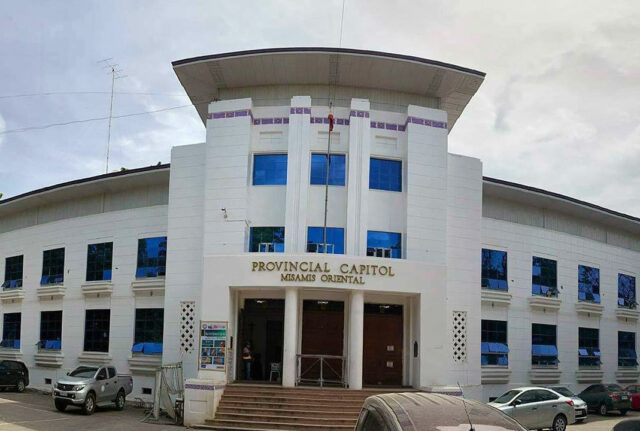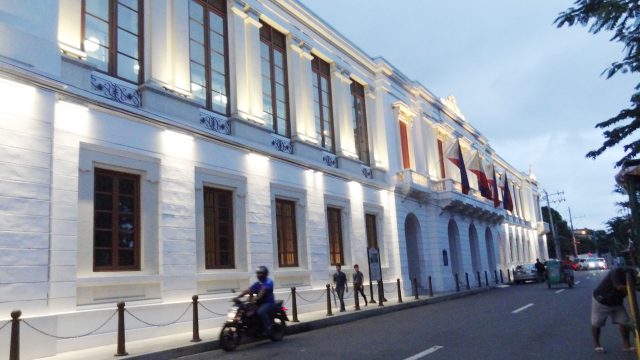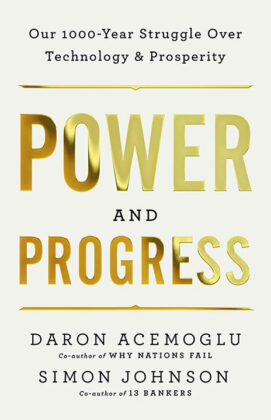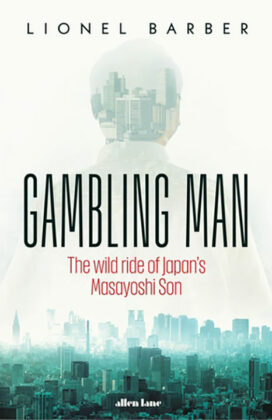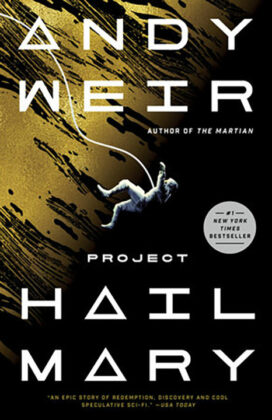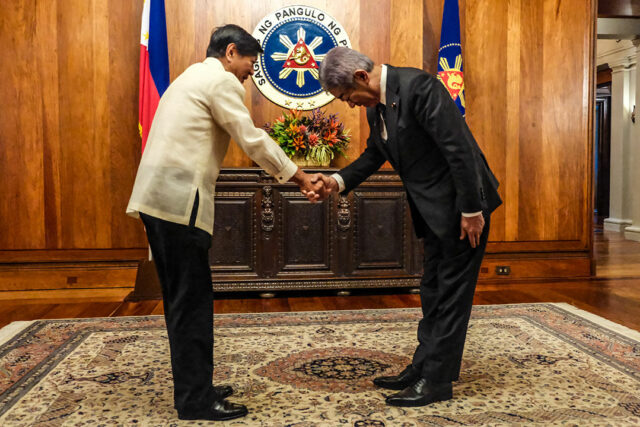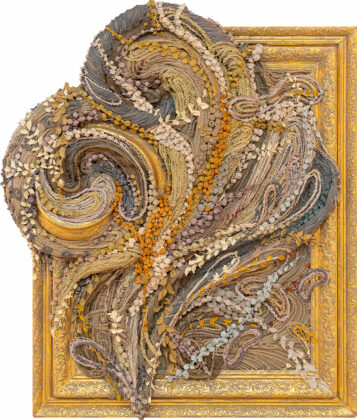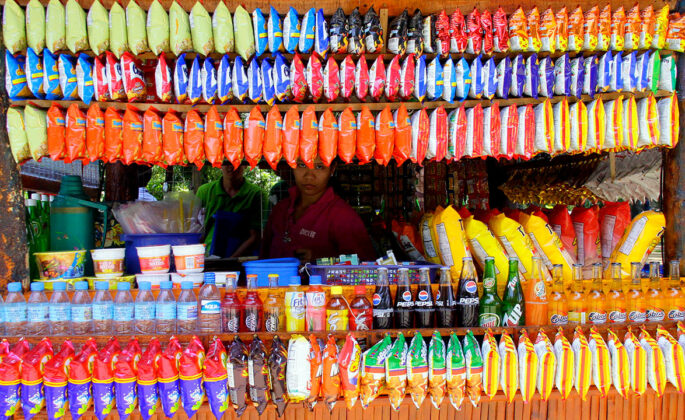By Dave Lee, Parmy Olson and Catherine Thorbecke
EARLIER last year I came across a two-frame comic strip that I enjoyed so much I printed it out and taped it to the corner of my desk.
In the first frame, an office worker delightedly tells a colleague: “AI turns this single bullet point into a long e-mail I can pretend I wrote.” In the second, the recipient of that e-mail responds: “AI makes a single bullet point out of this long e-mail I can pretend I read.”
Doesn’t that speak to so much of the current moment? Whether it’s coming from Apple or OpenAI or Google or any number of companies working on AI, the message last year seems to have been that both writing and reading is nothing but a chore, an inconvenience to be solved.
This neglects hundreds of years of human progress, of course, where great writing — even when found in what seem like inconsequential memos — has the power to shape minds, build bridges, and move mountains (with all these cliches I’m starting to sound a bit like AI myself).
One critical component of great writing is a skill I have yet to see any AI demonstrate: deep thought. It’s a quality found in abundance within the books noted in the following list. It’s a carefully curated group of titles that we — Bloomberg Opinion’s three commentators on tech — feel have shaped our thinking.
The brief, like last year, was to recommend reading that provided a bed of knowledge for the key themes we think will define 2025. Ours differs from other lists you might see elsewhere at this time of year in that we focus on relevance rather than recency, though there are new books here, too.
THE EVERYTHING WAR — DANA MATTIOLI, 2024
What happens when a company does incredible things for consumers and terrible things for businesses? Wall Street Journal reporter Dana Mattioli serves up a litany of case studies showing how Amazon.com Inc. earned its ruthless reputation in this book, which is enraging at times. Tech startups eager to work with Jeff Bezos’ Goliath are dumbstruck when after a few meetings, Amazon launches nearly identical products. The company swallows a diaper business by threatening to slash its prices to zero if the smaller firm sells to Walmart, killing that deal. Interviews with countless burned companies show Amazon has often gone beyond hard-nosed dealmaking to something far worse: actions befitting a “mobster,” according to Ms. Mattioli. What’s fascinating about The Everything War is the way Amazon’s customer obsession principle gave it cover to act so unethically, skirting sales taxes so its prices could be lower than anyone else’s and dominating markets. Perhaps that made Amazon’s customers its real product, juiced with deals so the giant could keep growing. Reading this left me with the question, “If America’s trust busters cared more about protecting businesses than protecting consumers, would consumers be better off?” Whatever the case may be, we’ll likely see antitrust regulators from the US and Europe do much more to tackle tech giants like Amazon in 2025. Mattioli’s book explains exactly why they should. — Parmy Olson
POWER AND PROGRESS — DARON ACEMOĞLU AND SIMON JOHNSON, 2023
MIT professor Daron Acemoğlu caught my attention twice this year. First, the economist was one of the key contributors to a compelling Goldman Sachs report that posed awkward questions about whether wild investments in artificial intelligence would ever see a meaningful return — a topic you’ll be hearing a lot about in 2025. Then, he won the Nobel Memorial Prize in Economic Sciences — alongside his co-author, Simon Johnson — for his study of “how institutions are formed and affect prosperity.” That issue is at the very front of my mind as I think and write about AI. Power and Progress, published in 2023, is a hefty historical primer that adds urgent context as today’s AI’s luminaries wave away concerns about job displacement. Yes, tech innovations of the past have created more jobs, not fewer, and society has become prosperous as a result. But it rarely happened organically — far from it. This book is an important examination of how and when workers benefited from increased productivity from new tech and when they very much didn’t. Hint: It’s not when the creators of the technology are allowed to call all the shots. — Dave Lee
GAMBLING MAN: THE WILD RIDE OF JAPAN’S MASAYOSHI SON — LIONEL BARBER, 2024
I’d been waiting for a chronicle of the stranger-than-fiction life of Softbank founder Masayoshi Son, better known as Masa, and Lionel Barber’s telling did not disappoint. It’s one of those real-life stories that Hollywood writers could only dream of: He was born into a pig-farming zainichi Korean family in post-imperial Japan before becoming the single largest foreign investor in both the US and China. Then there’s the high drama surrounding his investments. Barber largely avoided some of the oversimplifications and stereotypical traps that a lot of writing about Japan falls into. I was left wanting more. But Masa’s story is still being written: He reemerged over the past year to go all-in on artificial intelligence. His exuberance for AI, and his late arrival to the party, could easily become a cautionary tale. You’d think his appetite for risk would temper after becoming one of the biggest losers in the dot-com crash or staining his reputation with the recent WeWork saga. But, as Barber writes, “If you are born in a slum with nothing, losing everything is relative. You just go back to square one. Then, like the Korean slum dwellers in [Masa’s hometown], you build back up.” It’s well worth a read for anyone trying to gain a deeper understanding of what could come next for an individual who has played a pivotal role in shaping the tech sector in Asia and beyond. — Catherine Thorbecke
CODE DEPENDENT — MADHUMITA MURGIA, 2024
A number of years ago, I took an eye-opening trip to Nairobi’s Kibera slum to see firsthand the local operations of Samasource, a San Francisco-based firm that outsourced tech work to developing countries. I met some of the workers earning $1 to $2 a day to do data annotation for a variety of projects, such as self-driving cars or visual search engines. Since then, I’ve always thought of these workers — who have names, lives, and dreams, you know — when tech CEOs talk of “magical” software that “just works.” Madhumita Murgia, a Financial Times journalist (and, full disclosure, a friend and former colleague) explores this world more deeply in her book Code Dependent. Murgia examines how emerging technologies like AI are built, and the root cause of flaws within them, by getting up close and personal with those at the front line of it all. She also examines how these trained algorithms are in turn provided new avenues for exploitation of our identities, bodies, and well-being. It all amounts to what she calls “data colonialism” — the consequences of which we’re only just beginning to comprehend. — Dave Lee
PROJECT HAIL MARY — ANDY WEIR, 2021
As a longtime tech journalist, it’s easy to slip into cynicism about the ways technology promises to make the world better but often ends up creating problems instead. Think smartphone addiction, social media’s stain on our mental health, crypto scams, and so forth. Andy Weir’s novel is a reminder of all the ways human ingenuity can solve huge problems, dare I say it even save the world. Steeped in meticulous scientific details that make the story feel not just plausible but real, Project Hail Mary follows a junior high teacher and former molecular biologist as he finds himself aboard a rocket ship, groggily waking up from a coma to realize he is on a critical mission to another solar system. He must use his expertise and careful, critical thinking to address an array of engineering problems and let’s just say extraordinary new circumstances. It is best not to read much more about the story and let the plot unfold, as I did with no regrets whatsoever. I also recommend listening to the audio book, which is not read but engagingly “performed” by the American actor Ray Porter, whose impressive grasp of international accents made it feel at times as if I was watching a film. I listened to this book while jogging and have never before or since been so motivated to lace up my running shoes. — Parmy Olson
BLOCKCHAIN CHICKEN FARM AND OTHER STORIES OF TECH IN CHINA’S COUNTRYSIDE — XIAOWEI WANG, 2020
To cover China’s tech sector is to be bombarded with statements that paint the entire nation as a “threat”: an existential, adversarial force that the US must hold back. The human rights-flouting track record of the Chinese Communist Party doesn’t help. And US politicians need a bogeyman to blame as much as Silicon Valley needs a rival when trying to fight regulation. This book offered glimpses of a few of the real people, mostly from rural China, whose stories often get lost. When Wang visits the titular poultry farm that uses tamper-proof tech to certify the free-range status of birds for e-commerce shoppers, a villager remarks that there have been lots of news stories of the farm but very few visits. No English-language book about the country can scratch the surface of life there, and the author occasionally veered into seemingly off-course tangents. Part travelogue and part memoir, Wang’s perspective is unlike anything I’ve read. Its themes resonate and take on new significance as the US-China tech war heats up. As a fresh crop of China hawks come into power, it would help for Americans to understand who they are trying to fight against. In an increasingly globalized, tech-driven world, Wang’s writing is a reminder of how interconnected and similar people from the two sides of the globe can be. — Catherine Thorbecke
ALSO ON OUR BOOKSHELVES …
Dave made the unwise decision to read Emily St. John Mandel’s Station Eleven and Cormac McCarthy’s The Road back to back, sending him into a post-apocalyptic funk, though it did at least remind him to be far more grateful for some of the tech he relies upon to live a comfortable life. Likewise, he found Nicola Twilley’s Frostbite, about the origins and complexities of modern-day refrigeration, to be an unexpectedly funny and engaging book. Speaking of The Road, Parmy found an even bleaker book in Prophet Song, Paul Lynch’s Booker-Prize winning novel that looks at what happens when propaganda dominates our information ecosystem. She also recommends Co-Intelligence by Ethan Mollick, an excellent explainer on generative AI by a Wharton professor who plays with it every day. Catherine reread Kazuo Ishiguro’s 2021 novel Klara and the Sun this year and was shocked at how prescient the topic of a chronically ill, lonely teenager finding companionship with an “artificial friend” was today. She was excited to hear that it is being turned into a film, expected to be released in the new year, from one of her favorite directors, Taika Waititi.
Dave Lee is Bloomberg’s US technology columnist, based in New York. Parmy Olson covers AI and the tech industry from London and is the author of Supremacy, just named the Financial Times book of the year for 2024. Catherine Thorbecke is Bloomberg’s Asia tech columnist, based in Tokyo.
BLOOMBERG OPINION



